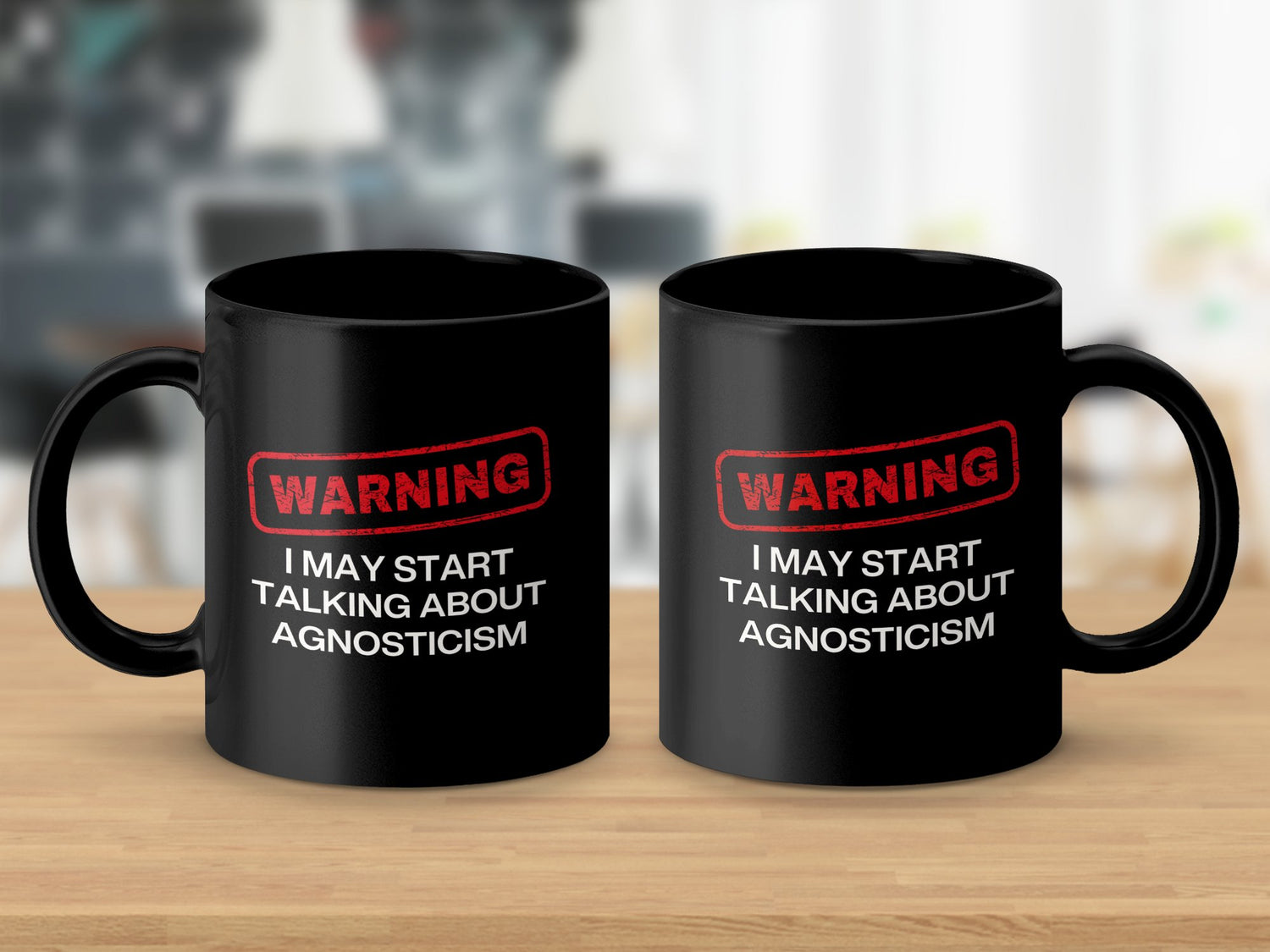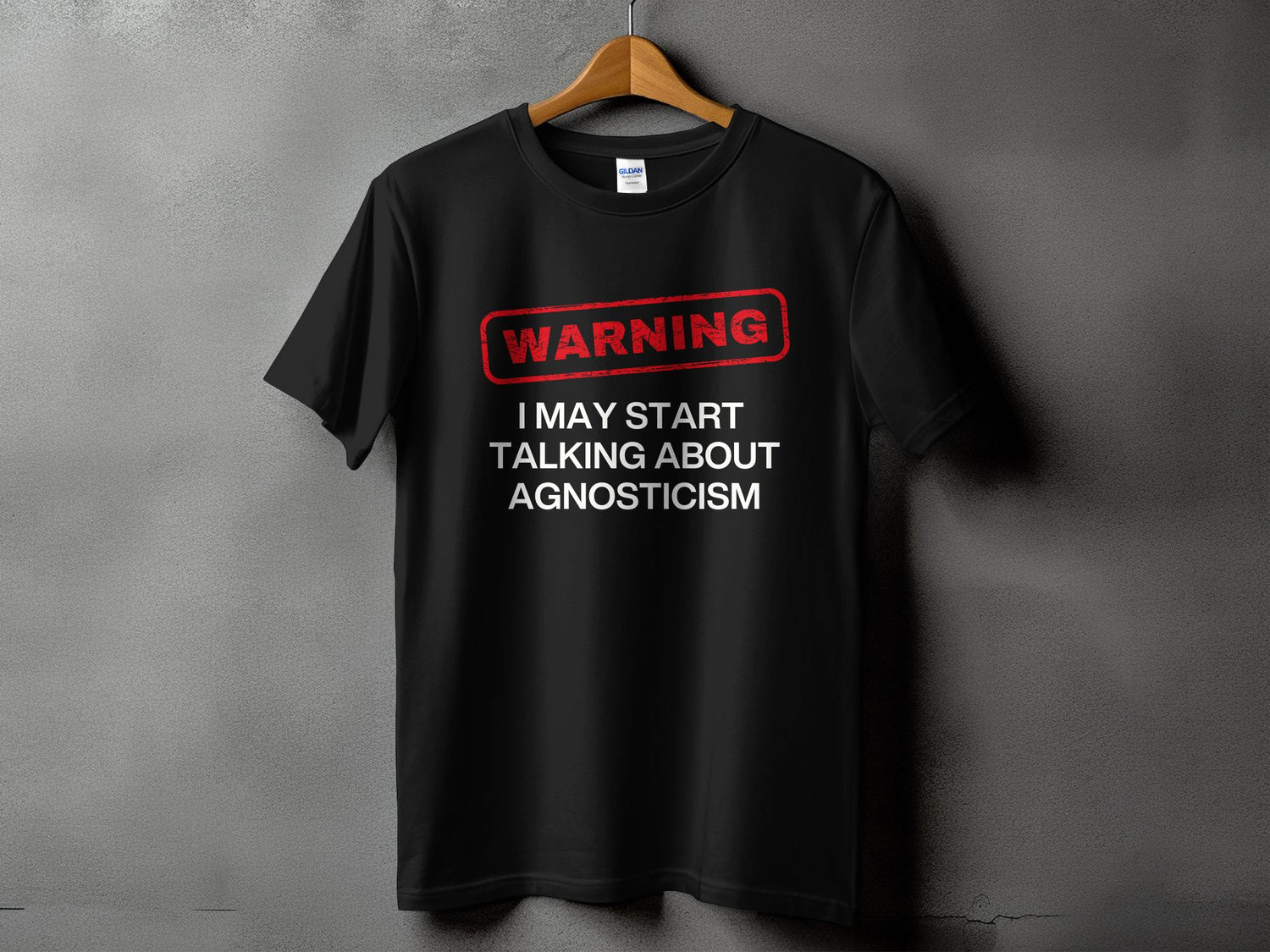The Nature of Self-Inflicted Suffering
Have you ever found yourself dreading an event, only to realize later that it wasn’t as bad as you imagined? Seneca captured this common experience perfectly when he wrote, "We suffer more often in imagination than in reality.” In other words, much of the anguish we endure is self-inflicted, arising from our tendency to catastrophize long before anything actually happens.
Understanding the Stoic Perspective
Seneca’s philosophy, deeply rooted in Stoicism, emphasizes that while we cannot control external events, we do have power over how we perceive and respond to them. This insight is especially valuable when it comes to our fears: many of the scenarios we worry about turn out to be less dire than we envisioned, if they even occur at all. By recognizing this pattern, we can train ourselves to respond to life’s uncertainties with greater clarity and composure.
Applying This Insight Today
In today’s fast-paced world, Seneca’s wisdom has a modern resonance. From professional pressures to social challenges, it’s easy to become trapped in a cycle of overthinking and anticipating the worst. But by taking a more Stoic approach, we can reflect on what is truly within our control and dismiss exaggerated fears. Then we can break free from this cycle.
Breaking Free from Mental Suffering
The next time you find yourself gripped by worry, consider this: are you dealing with a real, immediate problem, or simply imagining the worst? By questioning these thoughts and focusing on what is tangible, you can reduce unnecessary suffering.
















